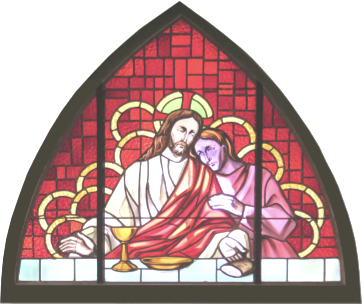THE ROLE OF LAITY
The Second Vatican Council [1962–1965] devoted its decree on the apostolate of the laity Apostolicam actuositatem and chapter IV of its dogmatic constitution Lumen gentium to the laity in a sense narrower than that which is normal in the Catholic Church.
The definition of laity is that given in the Code of Canon Law:
By divine institution, there are among the Christian faithful in the Church sacred ministers who in law are also called clerics; the other members of the Christian faithful are called lay persons. There are members of the Christian faithful from both these groups who, through the profession of the evangelical counsels by means of vows or other sacred bonds recognized and sanctioned by the Church, are consecrated to God in their own special way and contribute to the salvific mission of the Church; although their state does not belong to the hierarchical structure of the Church, it nevertheless belongs to its life and holiness (Canon 207).
The narrower sense in which the Second Vatican Council gave instruction concerning the laity is as follows: The term laity is here understood to mean all the faithful except those in holy orders and those in the state of religious life specially approved by the Church. These faithful are by baptism made one body with Christ and are constituted among the People of God; they are in their own way made sharers in the priestly, prophetical, and kingly functions of Christ; and they carry out for their own part the mission of the whole Christian people in the Church and in the world (Lumen gentium, 31).
In this narrower sense, the Council taught that the laity’s specific character is secularity: they are Christians who live the life of Christ in the world. Their role is to sanctify the created world by directing it to become more Christian in its structures and systems:
“the laity, by their very vocation, seek the kingdom of God by engaging in temporal affairs and by ordering them according to the plan of God (Lumen gentium, 31).” The laity are full members of the Church, fully share in Church’s purpose of sanctification, of “inner union of men with God (Catechism of the Catholic Church, 775),”
acting with freedom and personal responsibility and not as mere agents of the hierarchy. Due to their baptism, they are members of God’s family, the Church, and they grow in intimate union with God, “in” and “by means” of the world. It is not a matter of departing from the world as the monks and the nuns do that they sanctify themselves; it is precisely through the material world sanctified by the coming of the God made flesh, i.e. made material, that they reach God. Doctors, mothers of a family, farmers, bank tellers, drivers, by doing their jobs in the world with a Christian spirit are already extending the Kingdom of God. According to the repeated statements of Popes and lay Catholic leaders, the laity should say “we are the Church,” in the same way that the saints said that “Christ lives in me.” Lay involvement takes diverse forms, including participation in the life and Mass ministries of the parish.

